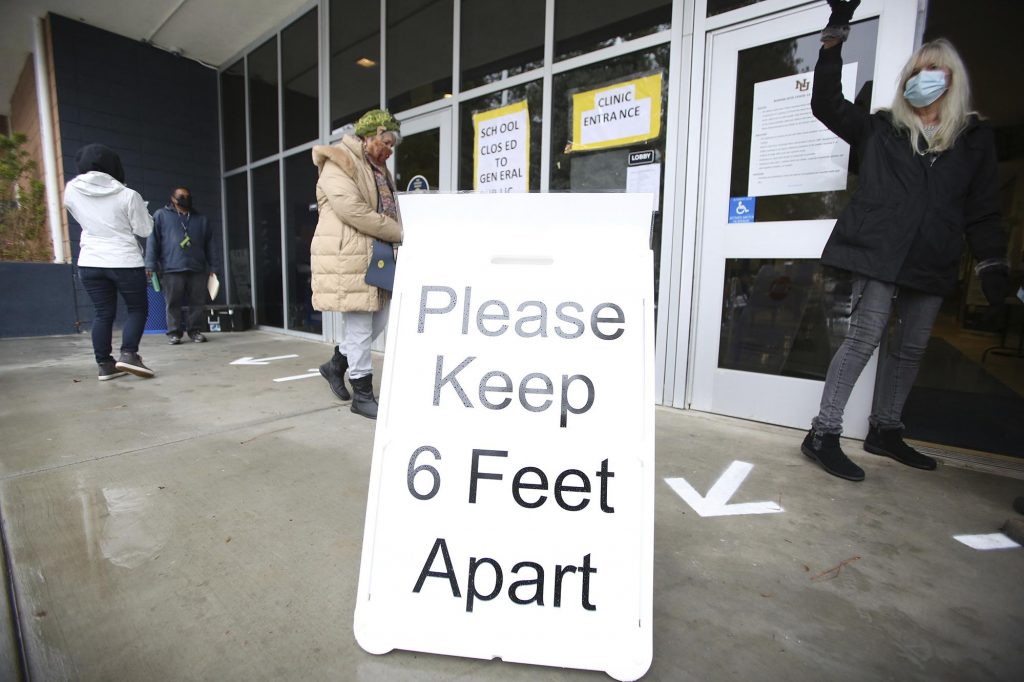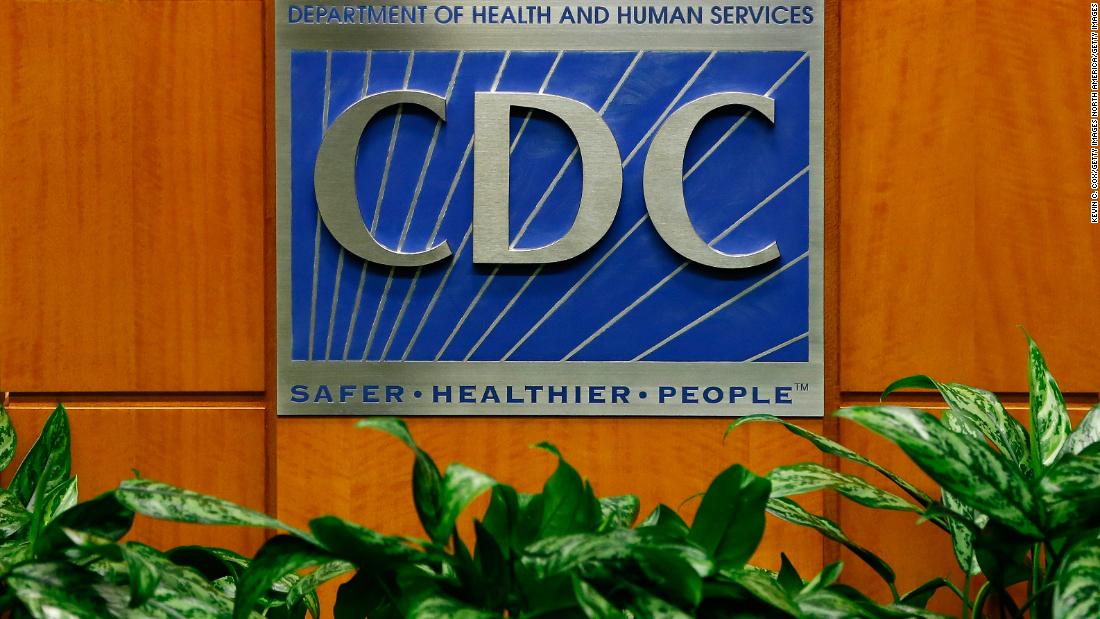CDC Guidelines for Quarantine – since the start of covid 19, the United States has been recording the highest number of cases in the winter season. The winter of 2022 – 2023 has already started in the country, and so does the positive cases of the virus.
Despite your vaccination status, you can get yourself infected with a virus, and it is your responsibility to ensure your Safety along with the safety of your friends and family. The Centers for Disease Control and Prevention have set guidelines for everyone to help them recover and contain the spread of the virus.
One of the most essential parts of the guidelines is the CDC guidelines for quarantine. Yes, the CDC might have ended the mandatory quarantine, but the guidelines are still there, and people are requested to follow those guidelines voluntarily.
Those guidelines are here to help you contain the spread and ensure the safety of your friends and family from the deadly virus. Let’s take a quick look at all the latest and updated CDC guidelines for quarantine.
All about the latest CDC guidelines for quarantine?
The Centers for Disease Control and Prevention have recently changed its CDC guidelines for quarantine, and You should act according to the latest guidelines to ensure your safety along with the safety of your friends and family.
If you test positive
As per the latest CDC guidelines for quarantine, everyone should isolate themselves if they have tested positive for covid 19 or they are experiencing any symptoms created by the virus. Regardless of your vaccination status, you should isolate yourself from others to prevent the outbreak of the virus and the infection in your friends and family.
If you have tested positive for COVID-19 and you have no symptoms, then you should isolate yourself for at least 5 days to prevent the outbreak in people who are more vulnerable to developing severe symptoms from the virus.
If you tested negative
If you have tested negative, then you are allowed to end your isolation anytime you want. You just make sure you do not have any symptoms associated with the virus, along with fever.
Guidelines for isolation
If you have tested positive for covid 19 or you have any symptoms associated with the virus, then you should stay home for at least 5 days till you can spend 24 hours fever free.
- Per the latest guidelines of the Centers for Disease control and prevention, everyone who has tested positive will be the most infectious during the first 5 days.
- You should avoid visiting any public places where you are not able to wear a face mask. You should keep wearing a high-quality mast whenever you are around others, even in your home.
- Kindly do not travel till you have ended your isolation and you are not experiencing any symptoms associated with the infection.
- Kindly stay away from your family members as much as possible. You can also stay in a different room or basement to lower the interaction and spread.
- If possible, then you can also use a separate bathroom, separate towels, utensils, cups, and other household items. Make sure you are not sharing any of the above-given kings with your family members.
- Another thing you can do during the isolation is to improve your ventilation. Yes, you should get as much fresh air as possible.
- You are suggested to keep monitoring your symptoms and consult with your healthcare provider.
Similar to most people, you might not require any medicine or medical assistance to recover from the symptoms associated with the virus. The Centers for Disease Control and Prevention suggest everyone consult the probability of every treatment with their healthcare provider as early as possible.
During your isolation, you should make sure you are asking for help to perform your daily chores. You can ask your family members or friends to bring your groceries to your home and try to avoid going into public places, including shopping malls.
If you cannot get any help for your grocery or other requirements, you can also call 911.

When to end your isolation?
Once you have started your isolation, ending the isolation is going to be one of your biggest concerns. The end of your isolation is going to depend on how severe your infection is.
In normal cases, the Centers for Disease Control and prevention of the United States suggests everyone end their isolation after the 5th day. The 5th day is going to be very crucial for people who have not developed any symptoms associated with the virus or who can spend 24 hrs fever free without using any fever-reducing medicine.
You should also make sure your other symptoms are getting better, as you can experience loss of taste and loss of smell for 4 weeks or months even after your recovery.
On the other hand, people who are not able to spend 24 hrs fever free without using any fever-reducing medicine should stay in isolation for 5 more days. At the same time, you are also suggested to consult the probability of medical assistance with your healthcare provider.
Lastly, if you are in hospital for the treatment of infection, then your health care expert will end your isolation. There is no fixed time when your health care expert will clear you as there is no fixed treatment available for the virus.
After ending your isolation
Similar to the isolation period, the Centers for Disease Control and prevention of the United States also focus on the post-isolation period as well.
If you can spend 24 hours fever free without using any fever-reducing medicine when you have not developed any symptoms associated with the virus, you can end your isolation, but the story is not going to end Here.
Even if you have ended your isolation after 5 days, you are suggested to follow code protocol till the 10th day of your exposure. You should follow all the below-given guidelines till the 11th day you start developing symptoms associated with the virus or receive your test results.
- Yes, you will have to avoid being around people who are more likely to develop severe symptoms associated with the virus.
- At the same time, you will have to wear a high-quality mask whenever you are in indoor places or public places.
- Lastly, make sure you are not visiting any places where you are not able to follow covid guidelines.
The Centers for Disease Control and Prevention of the United States suggests everyone follow the guidelines till the 10th day of their Receiving after test results or they start developing symptoms associated with a virus.
You are going to be infectious till the 10th day, and you should ensure the safety of people around you, including your friends and families.
Travel Guidelines
Before we completely wrap our session off, let’s take a quick look at the travel guidelines during your isolation and quarantine.
The Centers for Disease Control and prevention do not suggest anyone travel till the 5th day after they receive test results or they start developing symptoms associated with the virus.
Even if you are going to travel in a personal vehicle, you should make sure you are using full precaution as you can, in fact, your companions or driver. Traveling in public transport is going to be prohibited till the 5th day of your exposure.
People who are up to date with their comedy vaccines are suggested to use full precaution while traveling after ending their isolation. If you can end your isolation as per the guidelines, then you should make sure you are using the full precaution, including hand sanitizer, and a high-quality face mask, while traveling on public transport.
At the same time tomorrow, people who are not up to date with their code vaccines are suggested not to travel till the 10th day of their exposure to the virus.
Even while traveling on public transport, you should make sure you are following social distancing, as you can infect others.
When should you send your isolation as per the guidelines?
The Centers for Disease Control and Prevention suggest everyone end their isolation after the 5th day if they can spend 24 hours fever free without using any fever-reducing medicines. This rule is only going to apply to people who are getting better from symptoms, or who never developed any symptoms associated with the condition.
